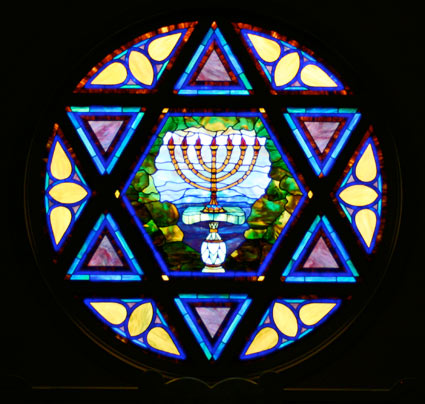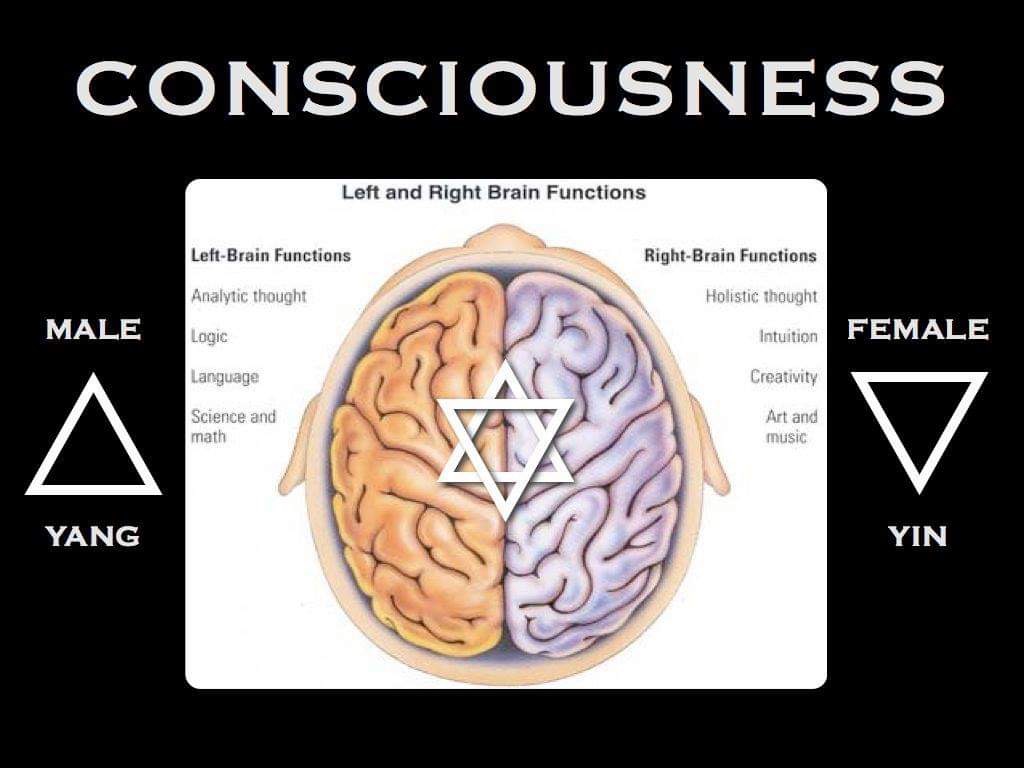
The six-pointed star
As above so below, the border is in the middle of the star…
The six-pointed star is an ancient symbol and symbolizes the joining of Heaven and Earth-male and female Divinity- and the creation of humanity as the result of this union.
The six-pointed star is an ancient symbol that predates the Jewish people. It symbolized the joining of Heaven and Earth-male and female Divinity-and the creation of humanity as the result of this union. The symbol of the cross predates Christianity by millennium. It also symbolized the male and female principles of heaven and earth meeting in the place of androgyny: the heart.
➡️ Right relations to Church and to self
🔹 *6 points of the star - 6 spiritual qualities:*
🔺*Love, Kindness:* practiced as a virtue, not a feeling. Virtue is a DECISION.
🔺*Reverence:* Respect to all people, objects, animals, and forces of nature.
🔺 *Beauty:* have focus; refinement of attitudes; self-correction; self-restriction.
🔺 *Resilience:* ability to stay in your place through the ups and downs of life.
🔺 *Commitment:* alliances, ties, honor your word, loyalty.
🔺 *Integrity:* a spirit that is not easily corrupted; walk your talk; not being easily seduced by what’s easy, etc.
🔹 *6 points of the star - 6 spiritual qualities:*
🔺*Love, Kindness:* practiced as a virtue, not a feeling. Virtue is a DECISION.
🔺*Reverence:* Respect to all people, objects, animals, and forces of nature.
🔺 *Beauty:* have focus; refinement of attitudes; self-correction; self-restriction.
🔺 *Resilience:* ability to stay in your place through the ups and downs of life.
🔺 *Commitment:* alliances, ties, honor your word, loyalty.
🔺 *Integrity:* a spirit that is not easily corrupted; walk your talk; not being easily seduced by what’s easy, etc.
Raimundo Irineu Serra, a descendent of African slaves, founded the Santo Daime church soon after his first encounter with ayahuasca in 1914. According to legend, “Master Irineu”, as he is now known, was by the Amazonian border of Brazil during an eight-day fast when he saw the moon coming towards him. An eagle was perched in the centre, and inside the moon was a female spiritual figure later identified as the Queen of the Forest and Our Lady of Conception (the Virgin Mary).


The hexagram is a mandala symbol called satkona yantra or sadkona yantra found on ancient South Indian Hindu temples. It symbolizes the nara-narayana, or perfect meditative state of balance achieved between Man and God, and if maintained, results in "moksha," or "nirvana" (release from the bounds of the earthly world and its material trappings).

Within Indic lore, the shape is generally understood to consist of two triangles—one pointed up and the other down—locked in harmonious embrace. The two components are called "Om" and the "Hrim" in Sanskrit, and symbolize man's position between earth and sky. The downward triangle symbolizes Shakti, the sacred embodiment of femininity, and the upward triangle symbolizes Shiva, or Agni Tattva, representing the focused aspects of masculinity. The mystical union of the two triangles represents Creation, occurring through the divine union of male and female. The two locked triangles are also known as 'Shanmukha'—the six-faced, representing the six faces of Shiva & Shakti's progeny Kartikeya. This symbol is also a part of several yantras and has deep significance in Hindu ritual worship and history.

Anahata (also known as Anahata-puri, or Padma-sundara) is symbolized by a lotus flower with twelve petals. (See also heartmind). Anahata is related to the colors green or pink. Key issues involving Anahata involve complex emotions, compassion, tenderness, unconditional love, equilibrium, rejection and well-being. Physically Anahata governs circulation, emotionally it governs unconditional love for the self and others, mentally it governs passion, and spiritually it governs devotion.

